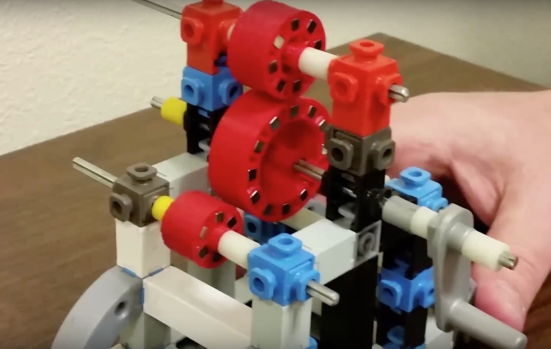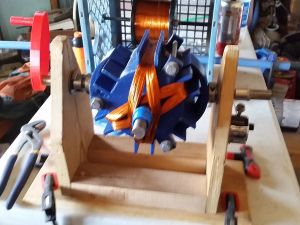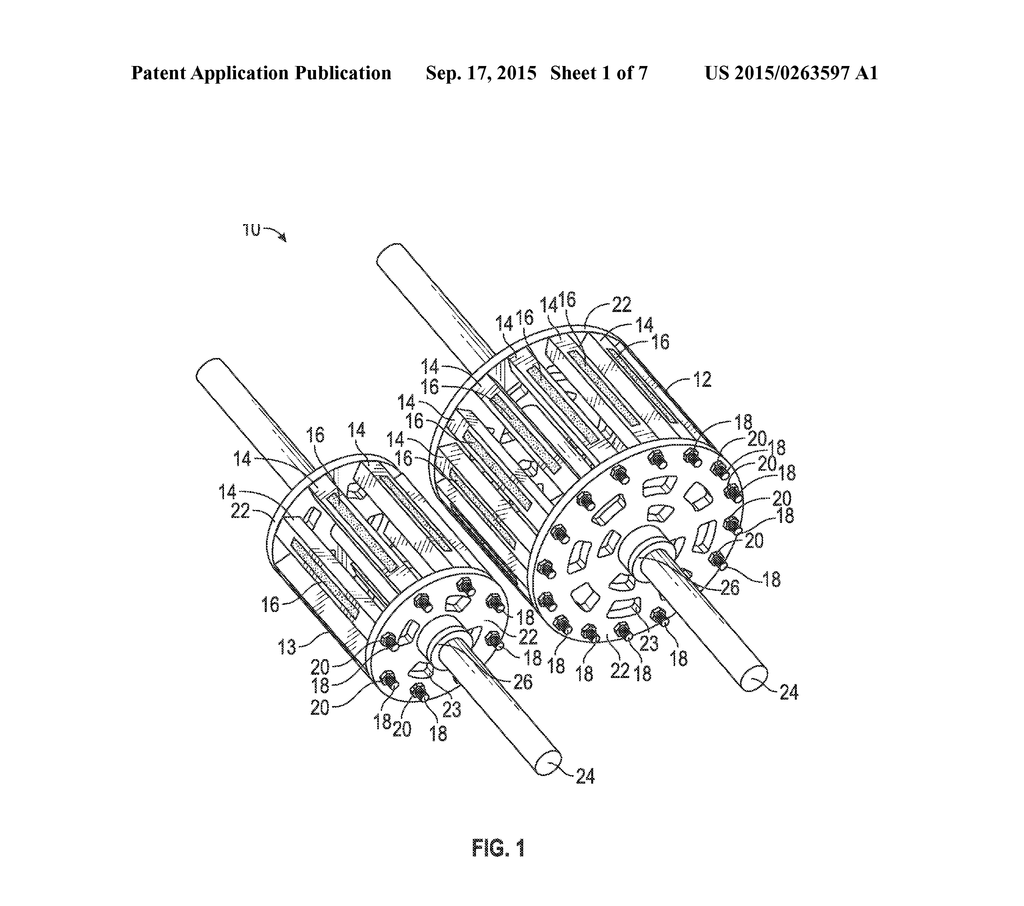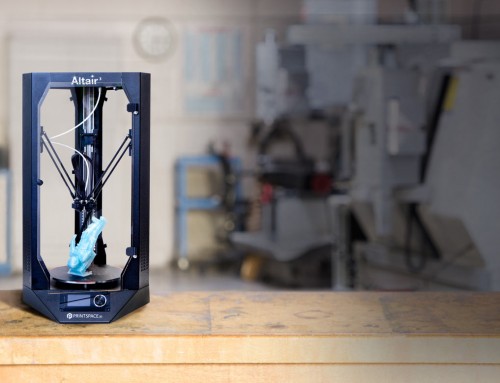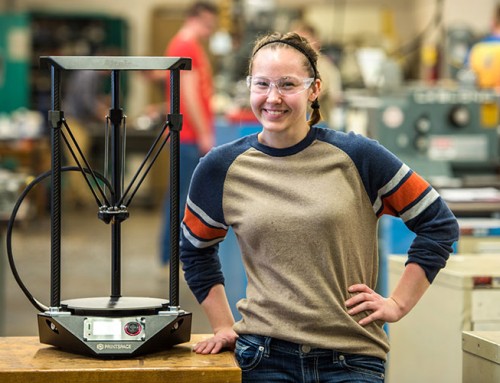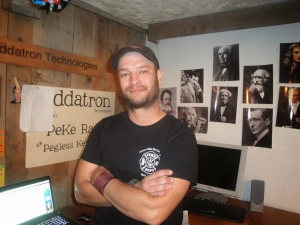
Justin Kidd of JAK Research
Justin Kidd of JAK Research is an inventor, an experimental physicist, but you won’t find him in a clean room wearing a lab coat and carrying a clipboard. That simply isn’t how things are done in Idaho Falls, Idaho. Kidd is more likely to be found wearing blue jeans and a baseball cap printing his latest prototype or concept on the PrintSpace Altair in his basement, or in his garage bringing his creations to life. Educated in the big city but having grown up on a farm, one might assume he is the perfect individual for a discussion on beer, sheep shearing, or music. And he is, until the conversation strays to energy conservation, quantum mechanics or dark matter.
“My background is in engineering and physics. Really, all the work I do and things I build are focused around proving or disproving different theories regarding the basic fundamentals of the way things work in the world, and then trying to apply what I’ve learned to make things better,” says Kidd.
A man in Kidd’s position is making and creating all the time. Whether it is a prototype for a machine concept, or a functional rotor and stator housing for a permanent magnet alternator, this is a man with plenty of reasons to use 3D printing. Having formerly worked with a service bureau, he decided it was time to have his own printer.
“I’d take the model to the service bureau, and it seemed no matter how well I did it, they wanted to adjust it so they could charge another thousand. Inevitably, they’d print it and something would need to be changed. A few thousand dollars and five weeks later, I’d have my part,” says Kidd.
“For my purposes of prototyping, I needed something better,” he continued. “We ended up solving the problem by selecting the Altair. Now I do all the iterations myself. We’ve saved tens of thousands of dollars the past year.”
Having reduced his cost and increased his productivity, Kidd turned his attention to energy conservation.
“Right now I’m working on energy research – trying to find a way to more efficiently produce electricity from an amount of kinetic energy input. So basically I’m trying to improve the efficiency of an electric generator,” says Kidd.
Kidd calls the device he is building a Magnokinetic Power Distributor. It employs one of his patented inventions, a magnetic gear system.
Gears have been used to mechanically transfer power since at least the 4th century BC in China. Kidd’s gears use magnets instead of teeth and there are many potential advantages. They can be tuned by either distance or magnet strength to disengage at a torque threshold – toothless gears can’t strip. Isolation is also feasible. A non-ferrous membrane can also be placed between gears, such as plastic, rubber or concrete, allowing power transfer between two environments. Furthermore, no physical contact means no friction heat. It mitigates the risk of spark and explosion, plus wear and tear.
Using such a system would be logical in space, because lubricants don’t stick well to gears in a zero gravity environment due to lack of surface tension. Indeed, NASA has researched magnetic gears in the past, as have others. What makes Kidd’s gear patent different is the way the magnets are configured. Each magnet is aligned polar opposite to its nearest neighbor. This compresses the resulting magnetic fields so they are shaped more like common gear teeth, extending farther out from the hub, increasing both efficiency and coupling distance.
“The magnet array can be used for a lot of circumstances. I have implemented them into the Magnokinetic Power Distributor to maximize efficiency. Initial testing indicates an energy transfer of 98% or more is possible,” says Kidd. “A gasoline generator is incredibly inefficient in terms of converting the amount of energy stored in a gallon of gas into electricity. If we could improve that, we would burn less fossil fuel.”
Increased efficiency and safety aren’t the only goals on Kidd’s target list. Future enhancements will attempt to achieve the theoretically impossible – power amplification. The surplus energy wouldn’t come from nowhere, it would come from the quantum background per the Casimir effect.
Granted, Kidd might be shooting for the stars, but if he can pull it off he’ll change the world.
